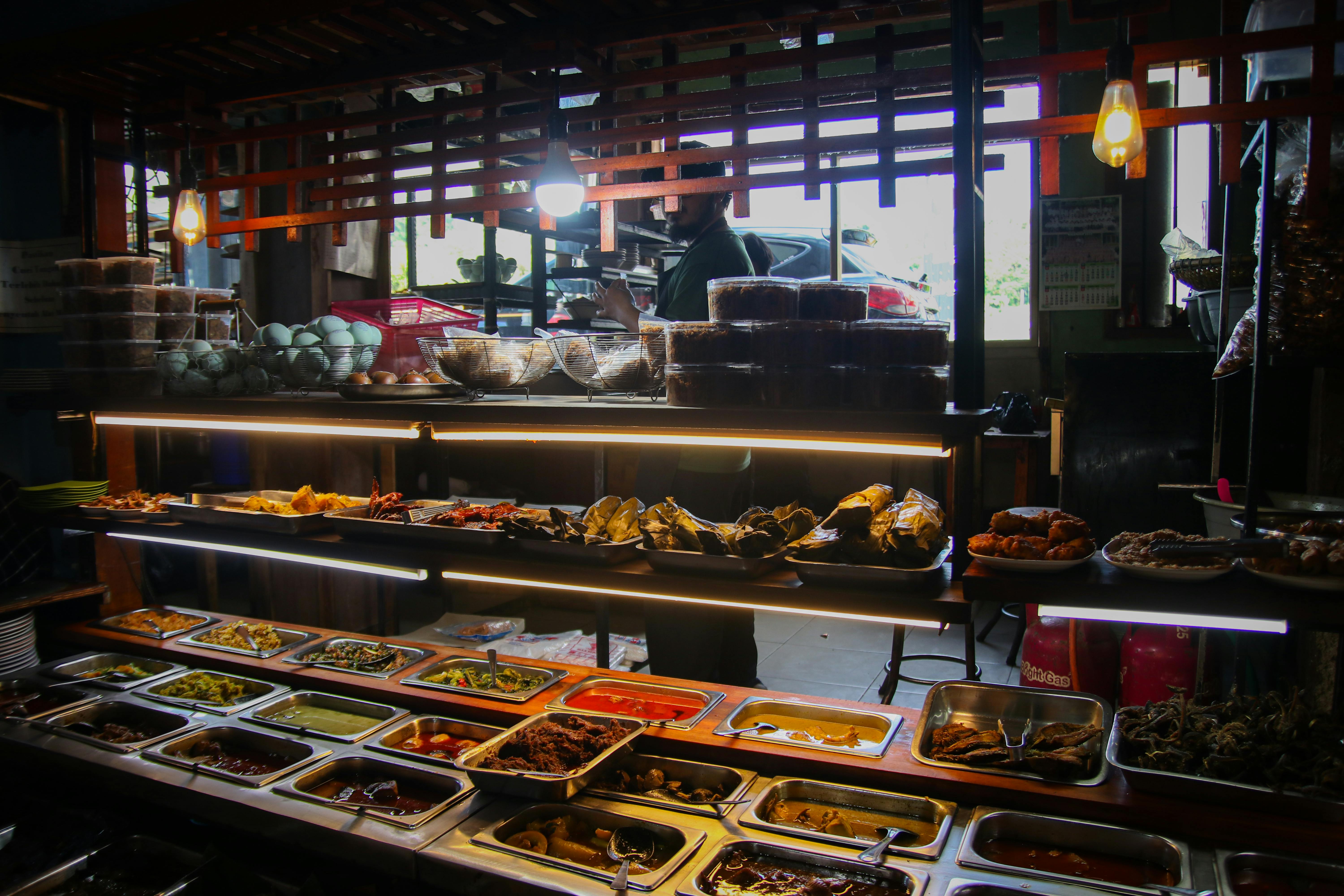Exploring the World Through Flavor: The Rise of Culinary Tourism
Embark on a gastronomic journey that transcends borders and cultures. Culinary tourism is revolutionizing the way we experience destinations, turning meals into unforgettable adventures and kitchens into classrooms. This emerging trend satisfies not just our hunger for new tastes, but our appetite for authentic cultural experiences, transforming the very essence of travel.

The term culinary tourism was coined in 1998 by Lucy Long, a folklorist and food studies scholar. Since then, it has evolved from a niche interest to a major driver in the travel industry. Organizations like the World Food Travel Association have emerged, dedicated to promoting and supporting this growing sector.
From Farm to Table: The Evolution of Food-Centric Travel
Today’s culinary tourists are not content with simply dining at renowned restaurants. They crave immersive experiences that connect them to the heart of local food cultures. This has led to the development of diverse food-focused travel experiences:
-
Cooking classes and workshops
-
Farm and market tours
-
Food festivals and events
-
Culinary trails and food tours
-
Agritourism experiences
These activities allow travelers to engage with local communities, learn about traditional cooking methods, and gain a deeper understanding of the cultural significance of food in different regions.
The Global Palate: Destinations Embracing Culinary Tourism
Countries and cities around the world are recognizing the potential of culinary tourism to attract visitors and boost their economies. Some standout destinations include:
-
Japan: With its UNESCO-recognized washoku cuisine and unique food experiences like sushi-making classes and sake brewery tours.
-
Peru: Home to a diverse culinary landscape, from ceviche on the coast to guinea pig in the Andes.
-
Italy: Offering regional specialties, wine tours, and cooking classes in centuries-old kitchens.
-
Thailand: Known for its vibrant street food scene and cooking schools.
-
Spain: Famous for its tapas culture, wine regions, and avant-garde cuisine.
These destinations are not just promoting their culinary heritage but are actively developing infrastructure and experiences to cater to food-focused travelers.
The Recipe for Success: Benefits and Challenges of Culinary Tourism
Culinary tourism offers numerous benefits to both travelers and destinations. For travelers, it provides a deeper, more authentic connection to local cultures. It can also be a more sustainable form of tourism, supporting local producers and preserving traditional food practices.
For destinations, culinary tourism can help preserve culinary heritage, create jobs, and boost local economies. It can also help revitalize rural areas by attracting visitors to farms and food-producing regions.
However, the growth of culinary tourism also presents challenges. There’s a risk of over-commercialization, which can lead to a loss of authenticity. Additionally, increased demand for certain ingredients or dishes can put pressure on local resources and ecosystems.
Sustainable Flavors: The Future of Culinary Tourism
As culinary tourism continues to grow, there’s an increasing focus on sustainability. This includes promoting local, seasonal ingredients, reducing food waste, and supporting small-scale producers. Some innovative approaches include:
-
Zero-kilometer restaurants, which source all ingredients locally
-
Food waste-focused dining experiences
-
Indigenous food revival projects
-
Urban farming tours and experiences
These initiatives not only provide unique experiences for travelers but also contribute to more sustainable and resilient local food systems.
Savor the Journey: Tips for Culinary Travelers
-
Research local food etiquette before your trip to avoid cultural faux pas
-
Explore local markets for an authentic taste of daily life
-
Consider food tours early in your trip to get oriented and discover local specialties
-
Be adventurous, but know your limits – food safety is crucial
-
Learn a few food-related phrases in the local language
-
Document your culinary experiences, but be respectful of local customs regarding photography
-
Pack digestive aids and any necessary medications for food allergies
Culinary tourism offers a feast for the senses and a gateway to understanding diverse cultures. As this trend continues to evolve, it promises to reshape the travel landscape, offering more immersive, sustainable, and delicious ways to explore the world. Whether you’re a dedicated foodie or simply curious about global cuisines, culinary tourism invites you to savor every moment of your journey, one bite at a time.






